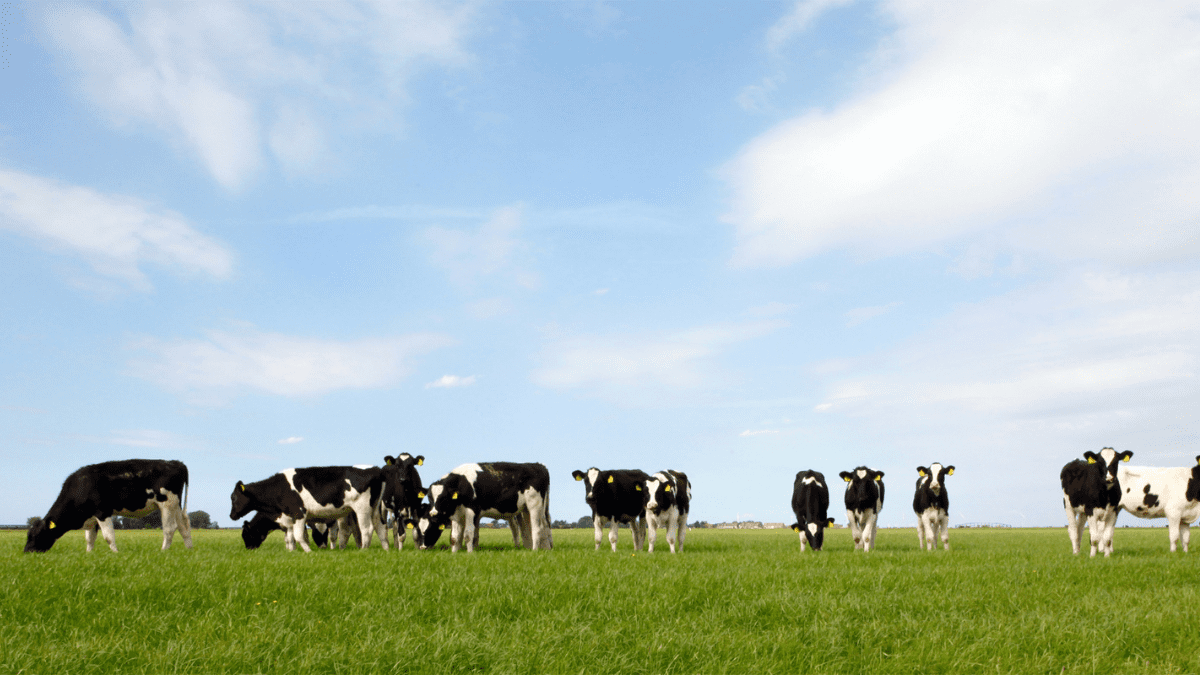Animal Welfare and Meat Quality: A Strategic Opportunity for the Region

By Rafael Leguísamo
March 2025
In global markets, animal welfare is no longer just an ethical concern — it has become a key factor for product differentiation, market access, and added value.
In Uruguay, a national audit led by INIA (Instituto Nacional de Investigación Agropecuaria) and INAC (Instituto Nacional de Carnes) estimated over USD 31 million in annual losses due to bruises, abscesses, and high pH levels in carcasses. Most striking: 97.8% of these losses are avoidable through better handling from farm to slaughter. This is not just a local issue — it’s a signal for the entire region.
From Uruguay and Paraguay to Argentina and Brazil, we share extensive production systems, natural pastures, and well-adapted breeds. However, the full potential of this production base is not yet reflected in our ability to capture greater value in the markets we already serve.
What do these markets demand today?
- Animal welfare, environmental, and feeding system standards
- Traceability and product integrity from origin
- Good practices to reduce stress and improve meat quality
- Clear communication of product attributes to the consumer
For instance, in the U.S., 65% of “Claim Seekers” only buy meat from humanely raised animals and are willing to pay more for labels like grass-fed, antibiotic-free, or Certified Humane®.
Overall, 31% of U.S. consumers consider animal welfare when purchasing meat, and 63% want to know more about the origin and production conditions of their food. This is not just a trend — it’s a structural shift in how meat is valued.
This transformation is also taking place at the farm level. More and more producers are adopting technology and process-based management, not only to improve quality and animal welfare, but also to optimize efficiency and increase productivity — key drivers of business profitability.
At the same time, increasing the value of the final product — when the entire chain improves its performance — becomes a powerful indirect way to enhance producer profitability through the positive spillover of a better coordinated and differentiated value chain.
A holistic view of the sector is gaining relevance, where success doesn’t depend on a single link, but on the coordinated performance of the entire meat value chain. Final product quality starts at the Farm level, and tools like traceability — beyond sanitary control — are now seen as shared opportunities for differentiation and value creation.
The region has a strategic opportunity: to reposition meat not just as a nutritious and natural food, but as produced under responsible, traceable standards that align with what global consumers are increasingly demanding.
This is not simply a cost — it’s an investment in the future of our products, brands, and reputation as a region that produces high-value food. It aligns with the principles of the Global Roundtable for Sustainable Beef, which promotes sustainable beef production from environmental, social, and economic perspectives.
In this context, it is essential to continue fostering dialogue among those working across the sector. Shared learning and real-world experiences are key to advancing toward a more competitive and sustainable meat industry.
Published on April 16, 2025



